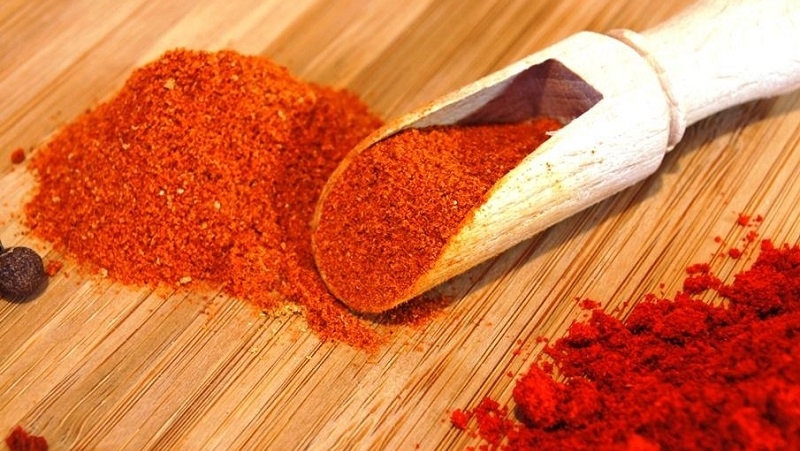- No. 268 Xianghe Street, Economic Development Zone of Xingtai city, Hebei 054001 China
- Byron@hbhongri.cn
small red dried chillies
The Multifaceted World of Small Red Dried Chillies
Small red dried chillies, often overlooked in the culinary world, are a powerhouse of flavor and versatility. These tiny peppers, which have been used for centuries in various cuisines, offer not only a spicy kick but also a rich history and numerous health benefits. In this article, we will explore the origins, culinary uses, and health advantages of small red dried chillies, illustrating why they deserve a prominent place in your kitchen.
Origins and Varieties
The small red dried chilli, commonly known as cayenne or bird's eye chilli, has roots in the Americas, where it was domesticated by indigenous peoples thousands of years ago. As explorers and traders encountered these vibrant peppers, they were introduced to different parts of the world, eventually becoming a staple in Asian, Latin American, and even Mediterranean cuisines.
Various types of small red chillies exist, each with its unique flavor profile and heat level. The Thai bird's eye chilli is known for its piercing heat and aromatic qualities, making it a favorite in Thai and Southeast Asian dishes. In contrast, the Kashmiri chilli, renowned for its vibrant red color and mild spiciness, is widely used in Indian cuisine, lending color and depth to curry masalas and marinades.
Culinary Uses
The culinary applications of small red dried chillies are as diverse as the cuisines that use them. They can be ground into a fine powder, used whole in stews and soups, or rehydrated and blended into sauces. When cooking, these chillies impart not only heat but also a subtle smokiness that enhances the overall flavor profile of a dish.
In Indian cuisine, small red dried chillies are often used in tempering—the practice of heating oil with spices to release their essential oils and flavors. This method adds a depth of flavor to dals, curries, and rice dishes. In Italian cooking, dried chillies are commonly found in arrabbiata sauce, where they contribute to its signature spiciness, complementing the rich flavors of tomatoes and garlic.
small red dried chillies

Moreover, small red dried chillies can significantly elevate homemade condiments. A homemade chilli oil, infused with these peppers, can add a delightful kick to salads, pizzas, and pasta dishes. Additionally, they are often used in marinades for meats and vegetables, imparting a tantalizing heat that promises to excite the taste buds.
Health Benefits
Beyond their culinary appeal, small red dried chillies pack a punch when it comes to health benefits. They are rich in vitamins and minerals, particularly vitamin C, which plays a crucial role in boosting the immune system. Additionally, these chillies contain capsaicin, the compound responsible for their heat. Capsaicin has been linked to numerous health benefits, including pain relief, improved metabolism, and even weight loss.
Research has shown that capsaicin can help reduce inflammation and may contribute to heart health by improving blood circulation. Moreover, the consumption of spicy food has been associated with a lower risk of certain chronic diseases, including obesity and type 2 diabetes. The antioxidants found in dried chillies also play a vital role in protecting the body from oxidative stress, promoting overall health and wellness.
Conclusion
Small red dried chillies are not just a source of heat; they are a testament to the rich tapestry of global culinary traditions and the profound impact of simple ingredients on our health. Their versatility in the kitchen, combined with their numerous health benefits, makes them an indispensable addition to cooking. Whether you are a seasoned chef or a home cook looking to spice up your dishes, small red dried chillies offer a world of flavor waiting to be explored.
As you embrace the culinary possibilities offered by these tiny but mighty peppers, you’ll not only enhance your meals but also unlock the potential for a healthier lifestyle. So, the next time you reach for a spice jar, consider adding a pinch of small red dried chillies to your dish—your taste buds will thank you!
-
Unlock the Power of Nature with Capsicum Oleoresin ExtractNewsJul.03,2025
-
Unleash the Heat: Discover the Wonders of Spicy Crushed Red PepperNewsJul.03,2025
-
Unleash the Flavor of Red Pepper Pods – Elevate Your Culinary Creations!NewsJul.03,2025
-
The Rich Flavor of Red Pepper Dried – The Ultimate Ingredient for Your Culinary Creations!NewsJul.03,2025
-
Discover the Rich Flavor of the PaprikaNewsJul.03,2025
-
Discover the Flavorful World of Paprika & Chili ProductsNewsJul.03,2025







